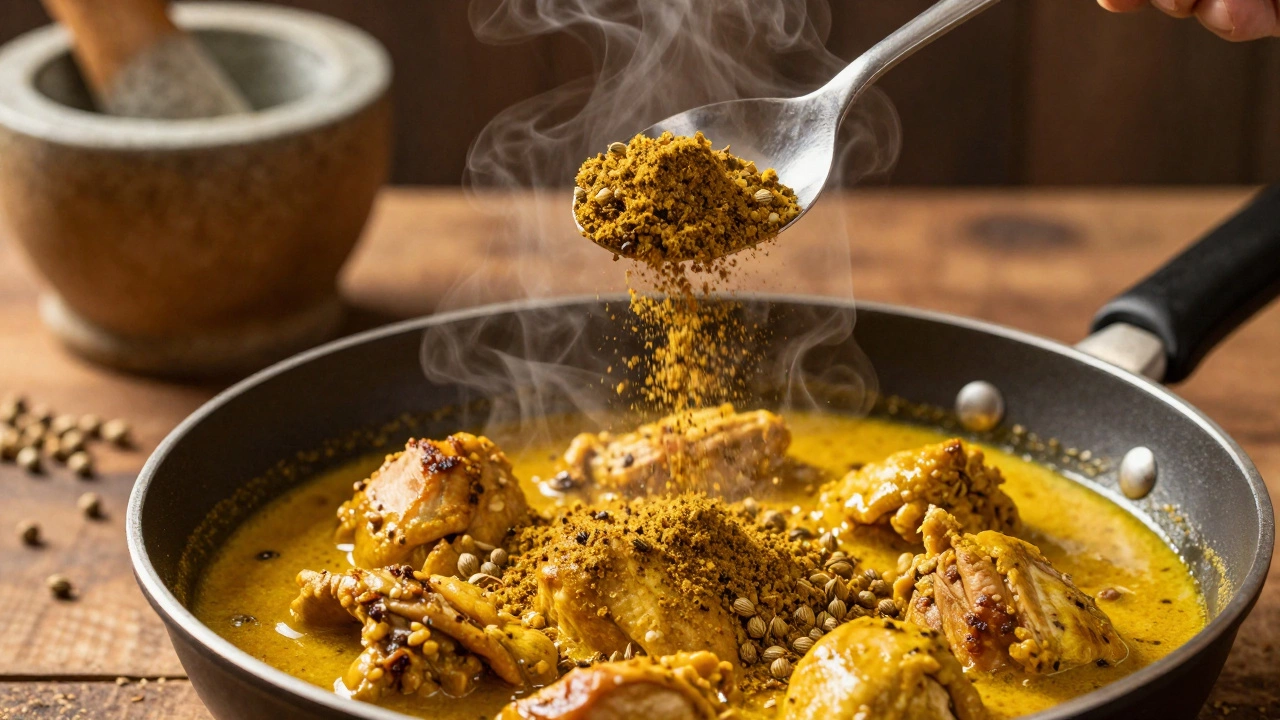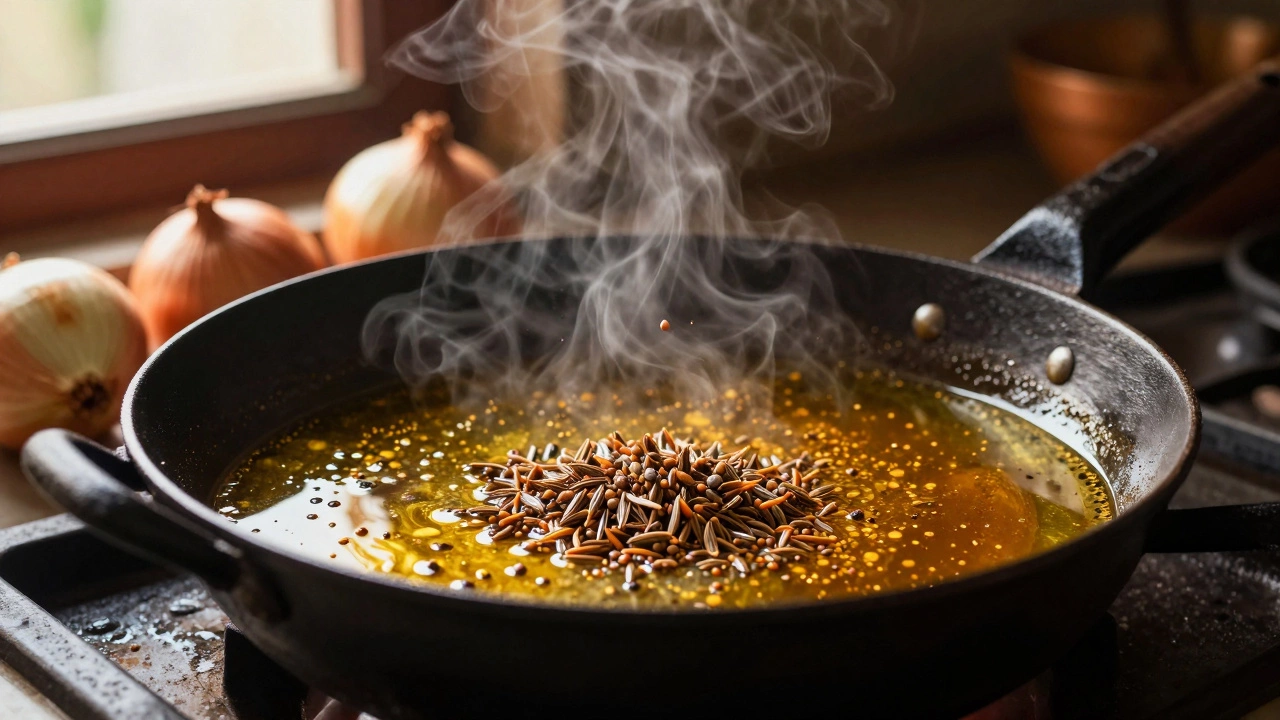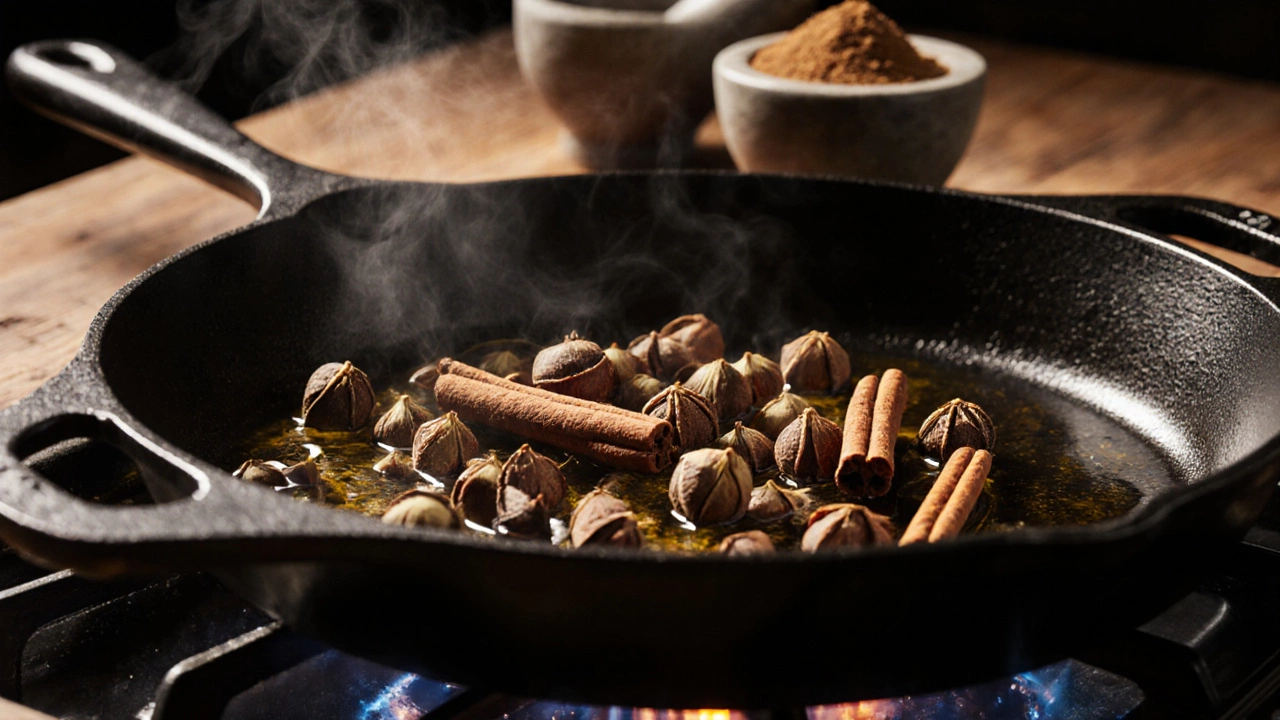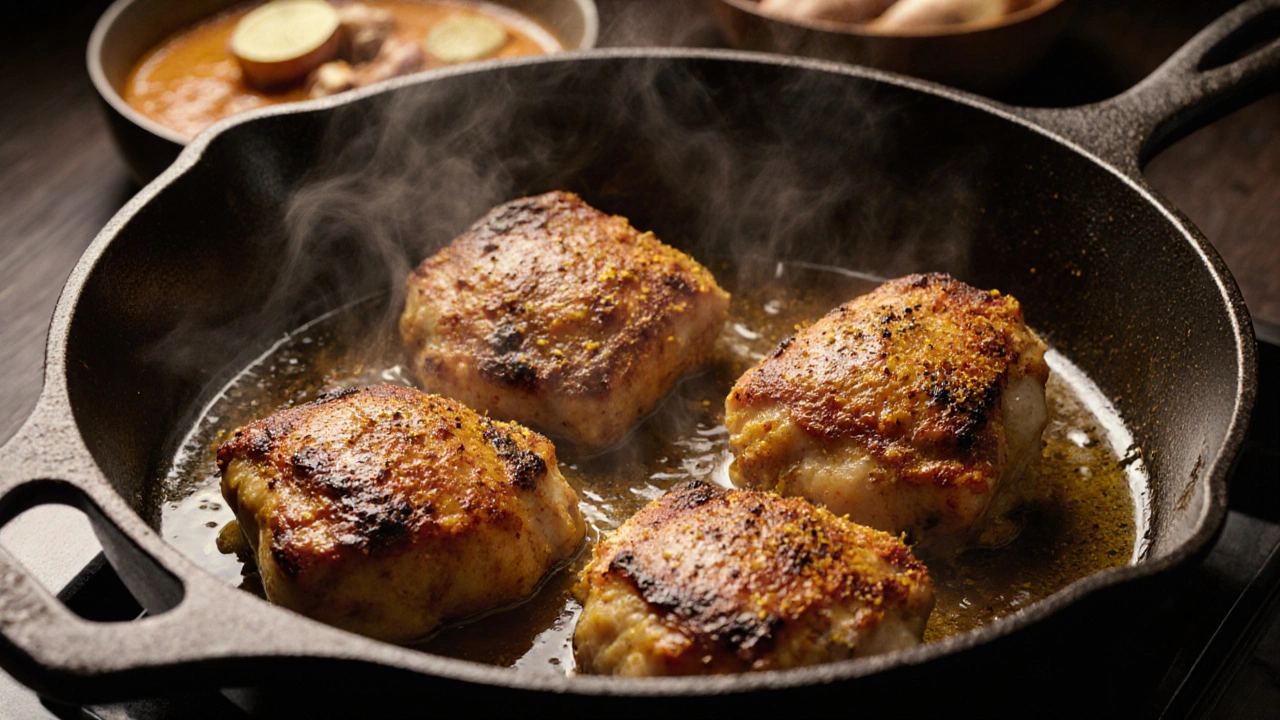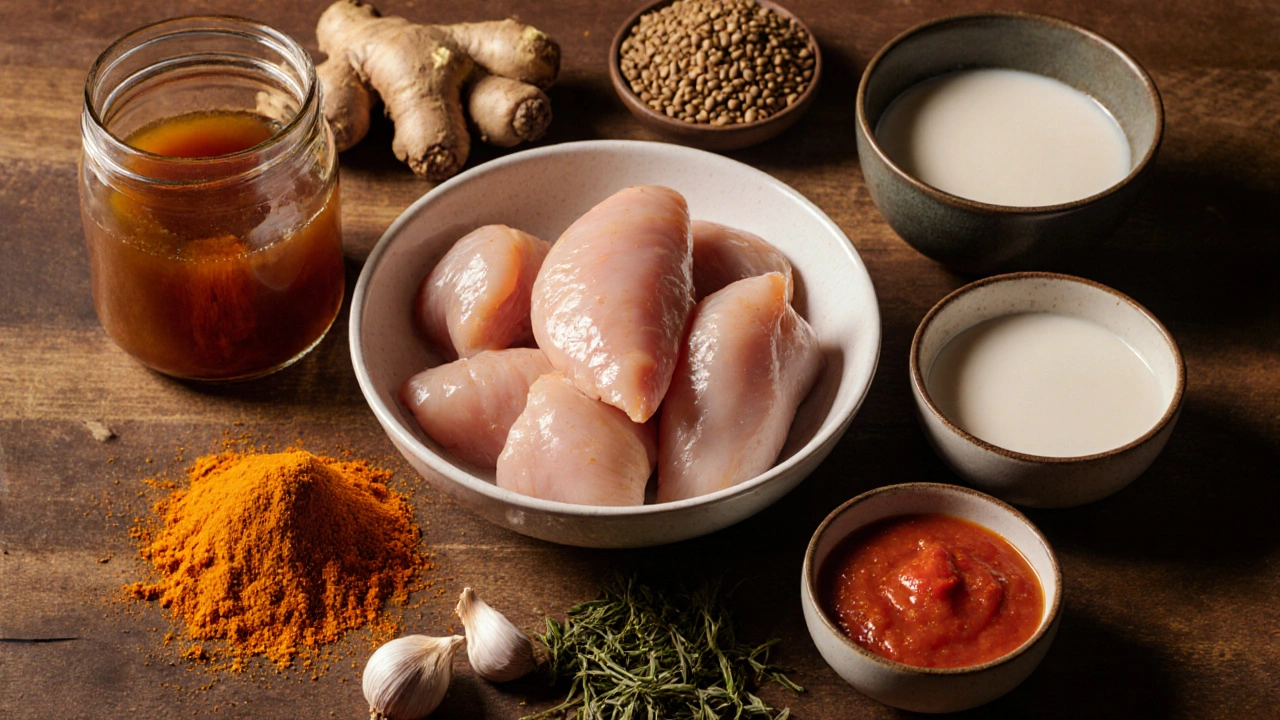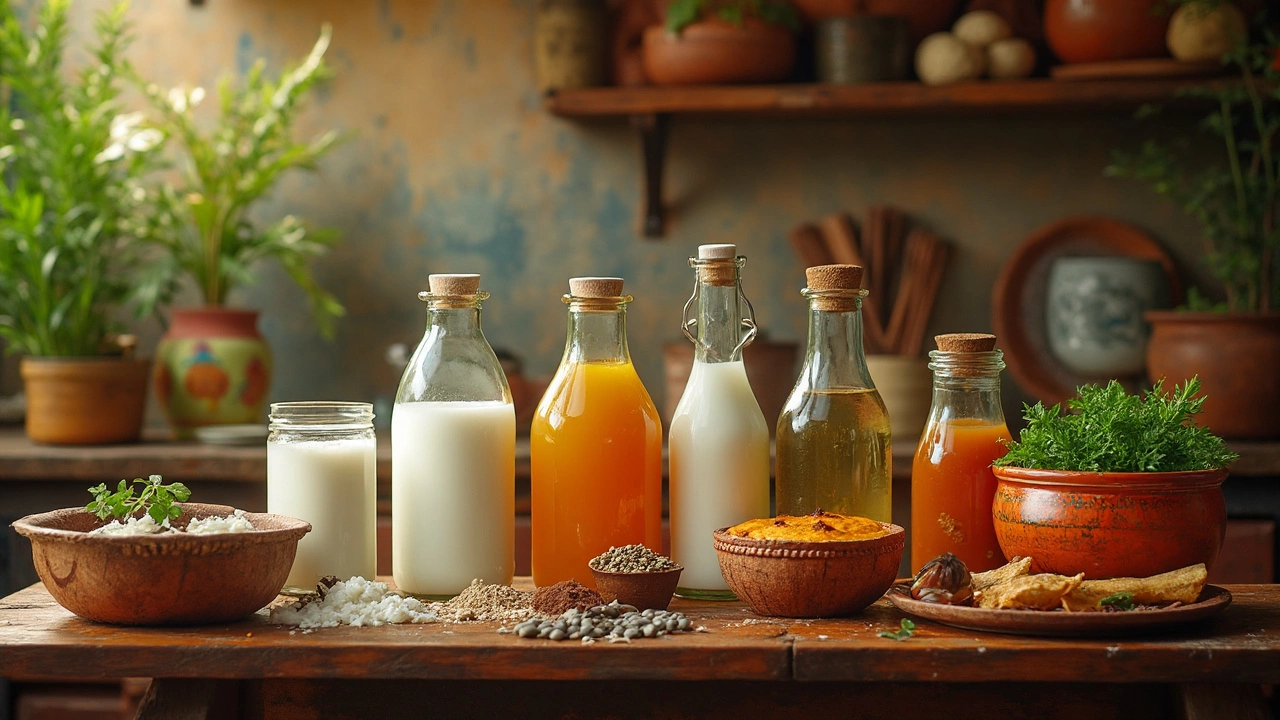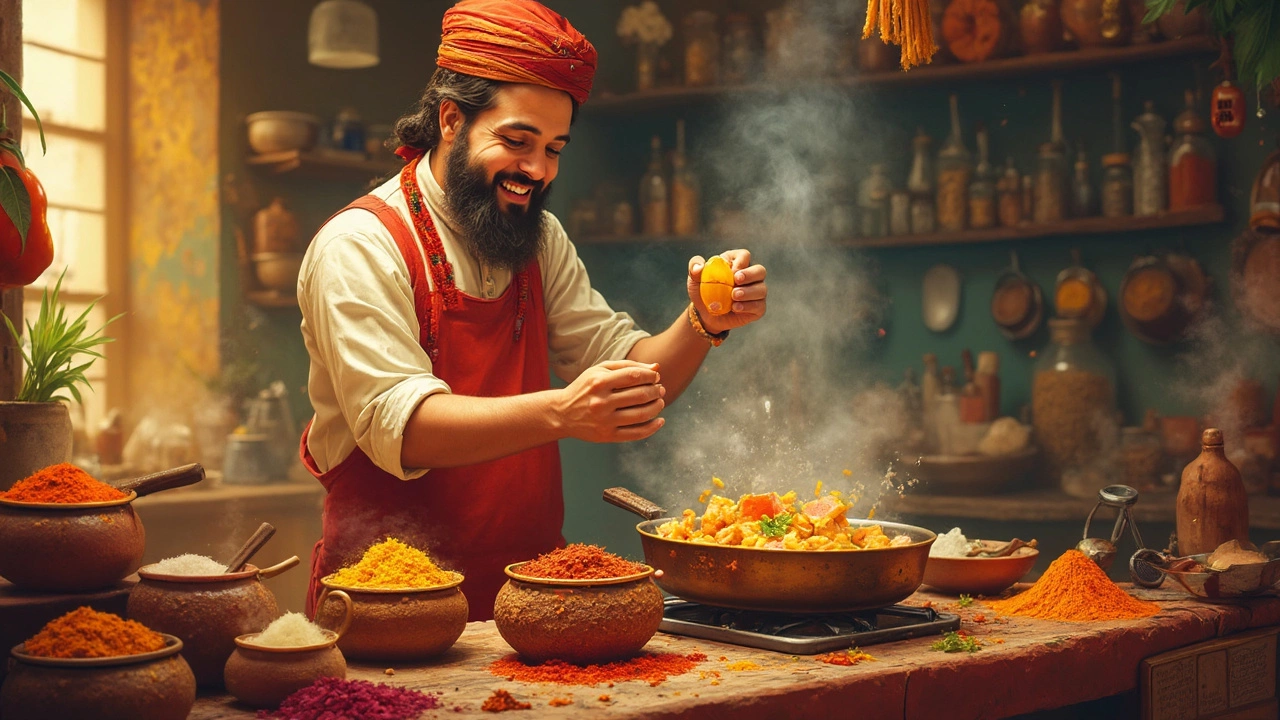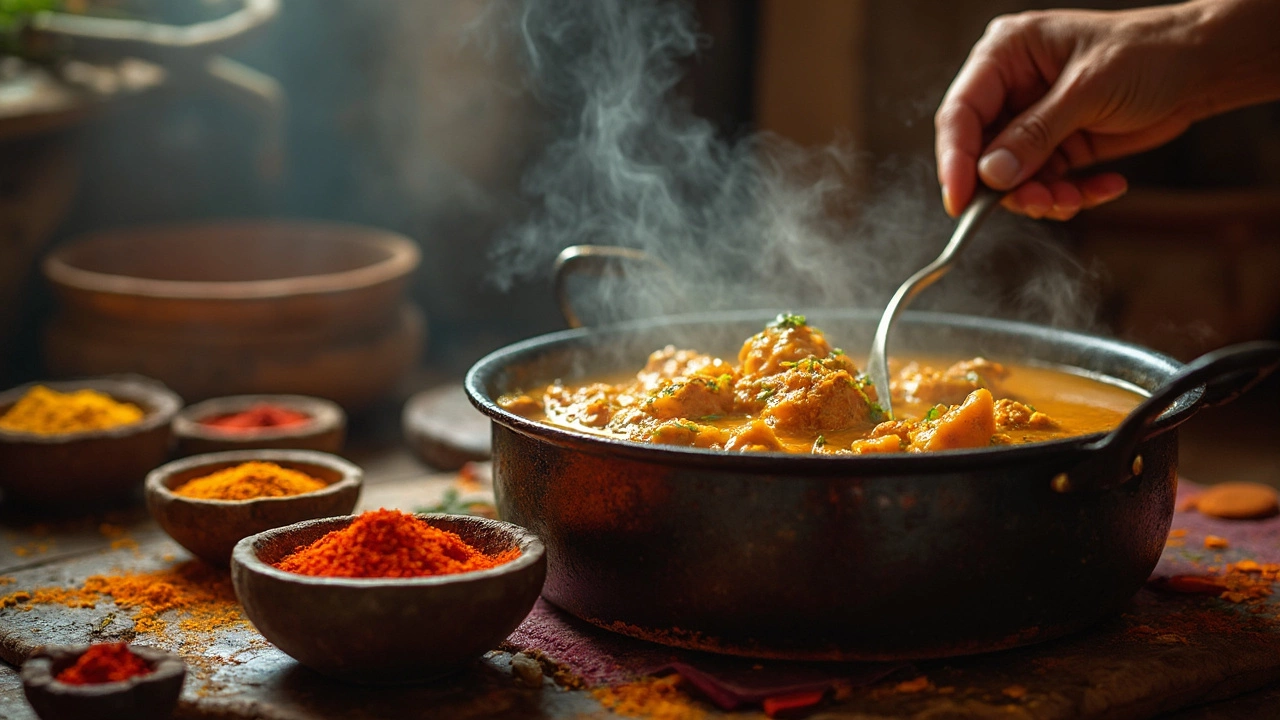Chicken Curry Recipes – Simple Ideas to Boost Flavor
Looking for a chicken curry that tastes like it came from a South Indian kitchen? You don’t need a long list of exotic ingredients – just a few smart choices. Below you’ll find quick tips on liquids, spice tricks and cooking methods that make every pot of curry richer, smoother and more satisfying.
Pick the Right Liquids
Liquid is the canvas for any curry. Coconut milk is the classic choice for a silky texture and a hint of sweetness. If you want a tangier bite, yogurt works wonders – it cools the heat while adding a light creaminess. For a deeper, earthy tone, try a splash of thin buttermilk or even a little stock made from simmered chicken bones. Each option changes the mouthfeel: coconut milk thickens, yogurt stays slightly loose, stock keeps the flavor bright without extra fat. Experiment with half‑and‑half mixes; a 70% coconut, 30% yogurt blend gives you the best of both worlds.
Flavor‑Boosting Tricks
The magic of a great curry sits in the spice layer. Toast whole spices like cumin seeds, coriander seeds and mustard seeds before grinding – that heat releases hidden aromas. Add a pinch of fenugreek for a subtle bitterness that balances sweet tomatoes. Don’t forget a splash of garam masala near the end of cooking; it lifts the whole dish without overpowering the chicken. For extra depth, grind a small amount of roasted peanuts or cashews into the sauce – they add body and a nutty note without the need for cream.
Timing matters, too. Start by frying onions until they turn golden, then stir in ginger‑garlic paste. This base builds a caramelized sweetness that carries through the sauce. Add your spices once the paste is fragrant, letting them fry for a minute before pouring in the liquid. This step prevents raw spice flavor and helps the oil absorb the aromas.
If you like a splash of heat, drop in sliced green chilies after the spices have cooked. Their fresh bite stays bright, unlike dried chilies that can become muted after long simmering. For a smoky twist, finish with a teaspoon of smoked paprika or a few drops of liquid smoke – just enough to hint at tandoor flavor.
Cooking method shapes the final result. A gentle simmer for 20‑30 minutes lets the chicken stay tender while the sauce thickens naturally. Avoid a rolling boil; it can toughen the meat and separate the fat. If you prefer a thicker gravy, uncover the pot for the last five minutes to let excess liquid evaporate.
Quick tip: before serving, stir in a handful of fresh cilantro and a squeeze of lime. The herbs brighten the dish, while the acid balances richness. Pair your curry with steamed rice or a soft roti, and you’ve got a complete meal that feels both homey and restaurant‑grade.
Feel free to mix and match these ideas. Whether you’re a beginner or a seasoned cook, the right liquid, spice timing and gentle simmer can turn an ordinary chicken curry into a crowd‑pleaser every time.
What Is the Most Important Spice in Chicken Curry?
Coriander powder is the essential spice in chicken curry, providing balance and depth that other spices rely on. Learn why it's the foundation and how to use it right.
What Gives Depth to Curry? The Real Secrets Behind Rich Chicken Curry Flavor
Learn the real secrets behind deep, rich chicken curry flavor-layering spices, browning chicken properly, using fermented ingredients, and finishing with fresh aromatics. No fluff, just proven techniques.
How to Spice Up a Bland Chicken Curry: 7 Proven Fixes for More Flavor
Fix a bland chicken curry with fresh spices, proper blooming techniques, and smart finishing touches. Learn how to build deep flavor without cream or paste, and why resting the curry matters.
Why Is the Chicken in My Curry So Tough? Here's the Real Reason
Tough chicken in curry? It's not the spices-it's the cut, cooking time, or prep. Learn why chicken thighs beat breasts, how long to simmer, and the one step most recipes skip.
How to Make the Perfect Chicken Curry: Proven Secrets
Discover the essential ingredients, spice‑building tips, step‑by‑step chicken curry recipe, and common pitfalls to master a flavorful curry every time.
Best Liquids to Enhance Your Chicken Curry
Explore the variety of liquids you can use in chicken curry to elevate its taste and texture. Learn how common additions like coconut milk and yogurt affect the overall dish and discover less-known options for those adventurous cooks. This guide uncovers the impact each liquid has on flavor and consistency, ensuring you make a delicious curry every time.
Enhance Your Chicken Curry: Proven Tips for Perfect Taste
Unlock the full potential of your chicken curry by learning which ingredients can significantly enhance its flavor. From spices to unexpected additions, discover how simple tweaks can transform a basic curry into a mouth-watering dish. Gain practical tips on ingredient pairing and preparation techniques to make your curry taste extraordinary. Whether you're a seasoned cook or a beginner, these insights will elevate your curry game. Explore the secret ingredients that can turn a good curry into an unforgettable one.
Unveiling Depth in Chicken Curry
Crafting a chicken curry with depth isn't just about following a recipe—it's about understanding the secrets behind its rich and complex taste. This article delves into the essential elements that contribute to curry's depth, from the choice of spices to the intricacies of slow cooking. Discover tips and traditional techniques to transform your curry into a culinary masterpiece. Learn how to balance flavors and create a rich, satisfying dish that pleases every palate.
